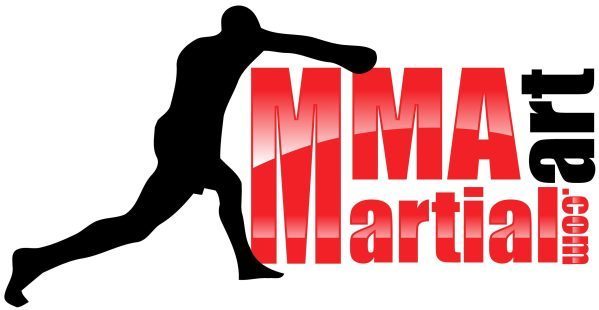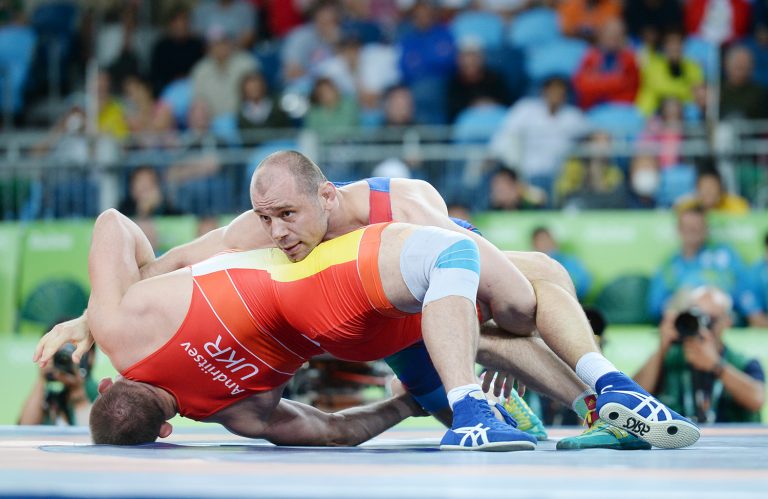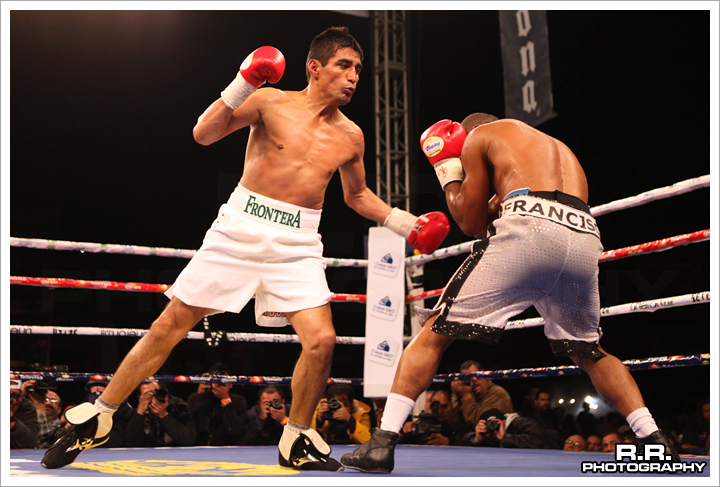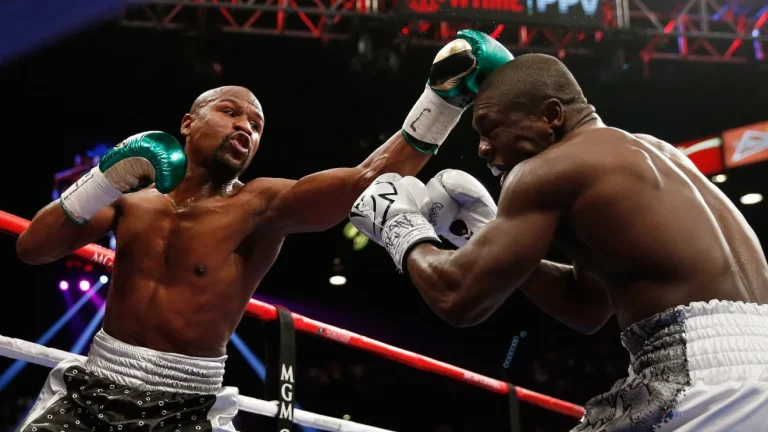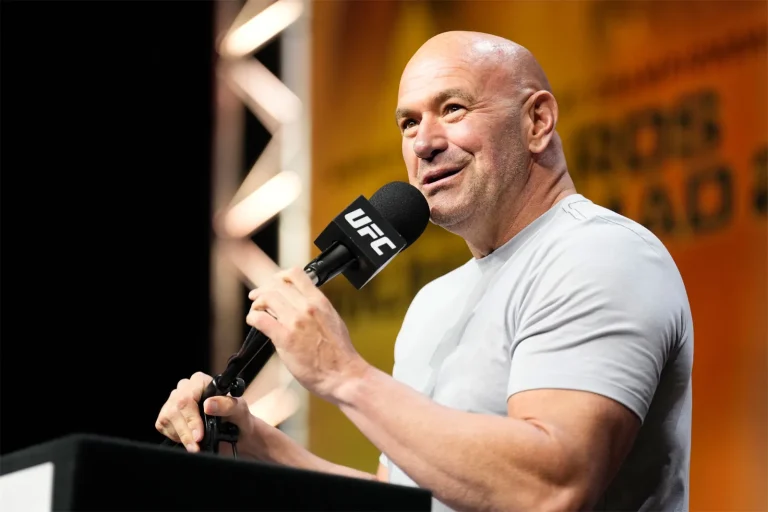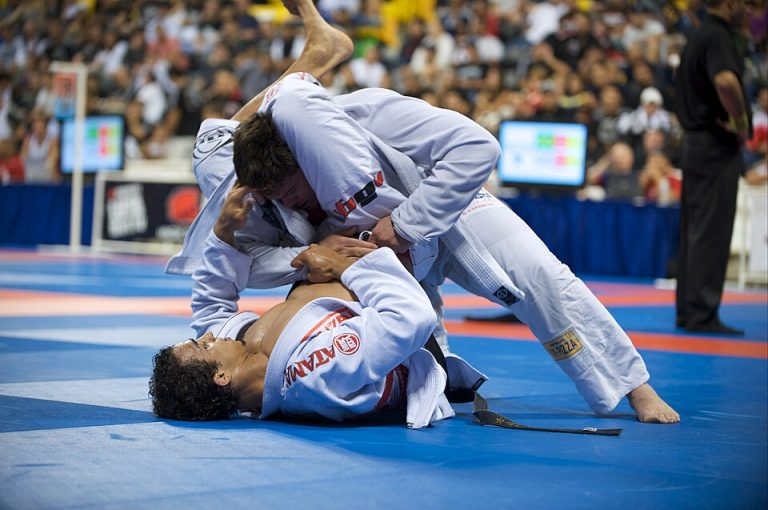
When you think of mixed martial arts (MMA), you might picture a chaotic blend of punches, kicks, and grappling—like a combat buffet where everything’s allowed. Many of the most effective techniques in MMA trace their roots to traditional martial arts.
From the spinning heel kicks of Taekwondo to the bone-crunching throws of Judo, these ancient fighting systems aren’t just for dojos or movie scenes. They’re alive, kicking (literally), and dominating in modern MMA.
In this deep dive, we’ll explore how fighters like Lyoto Machida, Stephen Thompson, and Demetrious Johnson have weaponized traditional styles inside the cage. You’ll learn which techniques work, why some don’t, and how to apply these timeless fighting techniques to your training. Let’s get ready to rumble.
Why Traditional Martial Arts Still Matter in MMA
MMA is often called the “laboratory of combat sports.” Fighters borrow from newer styles like boxing, wrestling, and Brazilian jiu-jitsu (BJJ) as often as they take techniques from traditional martial arts (TMAs) like Karate, Taekwondo, and Muay Thai. Here’s why:
- Proven Effectiveness: TMAs have been battle-tested for centuries. Think of them as the OG fight manuals.
- Unique Techniques: Have you ever seen a fighter land a crane kick or a flying armbar? Thank TMAs for those crowd-pleasers.
- Strategic Depth: Styles like Judo and Karate emphasize movement, timing, and distance—skills that translate brilliantly to MMA.
But not all traditional techniques are cage-ready. Let’s break down which ones work and which need tweaking.
Karate: The Art of the “Dragon”
Lyoto Machida didn’t just bring Karate to the UFC—he made it cool. With his elusive footwork and counter-striking, “The Dragon” proved that point-fighting styles can thrive in MMA.
Key Traditional Martial Art Adaptations for MMA:
- Blitz Attacks: Karate’s “in-and-out” movement avoids takedowns and sets up sudden strikes.
- Low Kicks: Traditional high kicks are risky in MMA, but low kicks (like those used by Stephen “Wonderboy” Thompson) disrupt opponents’ balance.
- Clinch Defense: Machida’s Karate background helps him evade clinches, where wrestlers and BJJ specialists dominate.
Practice throws like the uchi mata (a Judo throw) to counter wrestlers if they close the distance on your Karate stance.
Taekwondo: Flashy but Functional
Yes, spinning heel kicks look like something out of The Matrix, but Taekwondo isn’t just for show. UFC Hall of Famer Anderson Silva used TKD’s dynamic kicks to brutalize opponents, while Valentina Shevchenko uses her TKD flexibility to land head kicks from impossible angles.
Why It Works:
- Speed and Surprise: TKD’s emphasis on kicking speed keeps opponents guessing.
- Range Management: Fighters like Edson Barboza use TKD to control distance with side kicks and roundhouses.
But Beware: Spinning techniques leave you open to takedowns. For every highlight-reel knockout, there’s a fighter who got slammed on their head trying the same technique.
Judo: The Art of Smashing People Efficiently
Judo’s mantra—“maximum efficiency, minimum effort”—is perfect for MMA. Ronda Rousey famously armbarred her way to UFC dominance using Judo throws, while Kayla Harrison continues to dominate in PFL with her hip tosses and clinch work.
Top Judo Moves for MMA:
- Harai Goshi (Hip Throw): Dump opponents on their heads and transition to ground-and-pound.
- Uchi Mata (Inner Thigh Throw): Works wonders against wrestlers in the clinch.
- Tai Otoshi (Body Drop): A low-risk throw that sets up submissions.
Muay Thai: The Science of Eight Limbs
Muay Thai isn’t just about elbow strikes and knee bombs. It’s a complete striking system that teaches fighters to use their shins, fists, and clinch work. UFC stars like Joanna Jędrzejczyk and Israel Adesanya credit Muay Thai for their razor-sharp striking.
Muay Thai Tweaks for MMA:
- Less Reliance on Clinches: In pure Muay Thai, you’d knee opponents in the clinch all day. In MMA, that’s a fast track to getting taken down.
- Defensive Adjustments: Traditional high guards leave you open for takedowns. Modern fighters use mixed guards or footwork to avoid being taken down.
The BJJ Revolution (Yes, It’s a Traditional Martial Art, Too!)
Brazilian jiu-jitsu (BJJ) is only a century old, but its roots in Japanese Judo and Jujutsu make it a hybrid traditional art. From Royce Gracie’s UFC 1 dominance to today’s submission savants like Charles Oliveira, BJJ remains the backbone of ground fighting.
Why BJJ Still Rules:
- Submissions Win Fights: Chokes and joint locks can end a bout in seconds.
- Submission Over Position: Modern BJJ focuses on finishing, and elite players have many ways to bring fights to abrupt ends.
Styles That Struggle: The Reality Check
Not all traditional martial arts transition smoothly to MMA. Here’s the tea:
- Aikido: Too passive for MMA’s aggression. No UFC fighter uses it as a base.
- Kung Fu: While some techniques (like straight punches) are useful, many forms are too rigid or impractical.
- Capoeira: It’s flashy, but the spinning kicks and acrobatics are high-risk without consistent rewards.
That said, even “ineffective” styles have gems. For example, Tony Ferguson’s unorthodox movement borrows from Wing Chun’s trapping techniques.
How to Train Traditional Martial Arts for MMA
Want to add TMA skills to your game? Follow these steps:
- Focus on Adaptable Techniques: Prioritize moves that work in 4-ounce gloves (e.g., Karate’s straight punches over complex wrist locks).
- Cross-Train Early: If you study Taekwondo, take wrestling classes to defend against takedowns.
- Spar with MMA Rules: Test traditional moves under pressure. Got a nice spinning back kick? Great—but can you land it without eating a double leg?
The Future: Tradition Meets Innovation
Modern MMA isn’t killing traditional martial arts—it’s evolving them. Coaches now use motion capture and biomechanics to refine ancient techniques, while fighters like Israel Adesanya push striking into new dimensions.
FAQ: Your Burning Questions Answered
Q: Can I start with traditional martial arts before MMA?
A: Absolutely! TMAs build discipline, flexibility, and technique. Just cross-train early to fill gaps (like wrestling or BJJ).
Q: Which traditional style is best for MMA beginners?
A: Muay Thai (for striking) or BJJ (for grappling).
Q: Do UFC fighters still use traditional forms/kata?
A: Yes! Fighters like Robert Whittaker use Karate kata to drill movement patterns.
Respect the Roots, Embrace the Fight
Traditional martial arts aren’t relics—they’re toolkits filled with many valuable techniques. By adapting techniques to MMA’s demands, you’ll add layers to your game that most brawlers never see coming. The best fighters don’t abandon tradition. They reinvent it.
Read more:
How to Throw a Haymaker Punch Like a Pro (Without Knocking Yourself Out)
15 Anaerobic Exercises to Torch Calories and Build Muscle
Is Sport BJJ Effective for Self-Defense? Breaking Down Myths & Realities
20 Essential Sport BJJ Terms for Beginners
The Shoulder-Shredding Omoplata: Your Step-by-Step Guide to BJJ Supremacy
